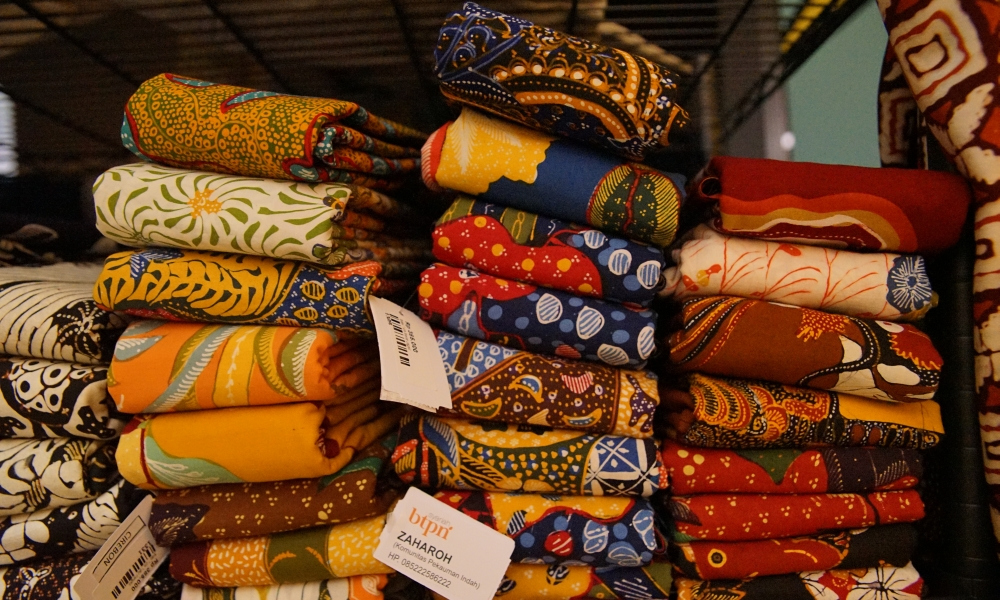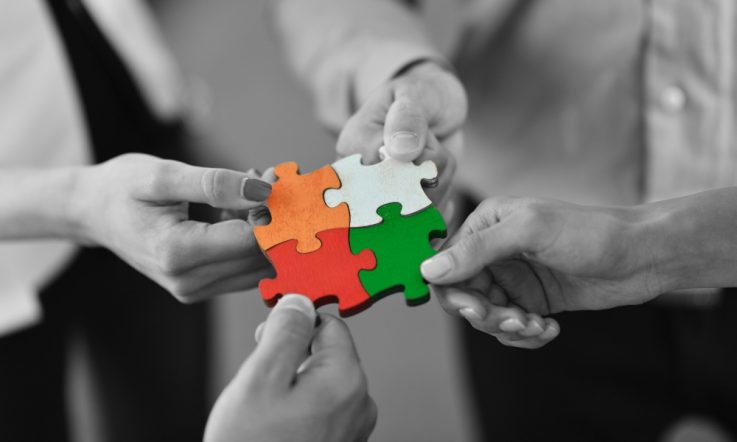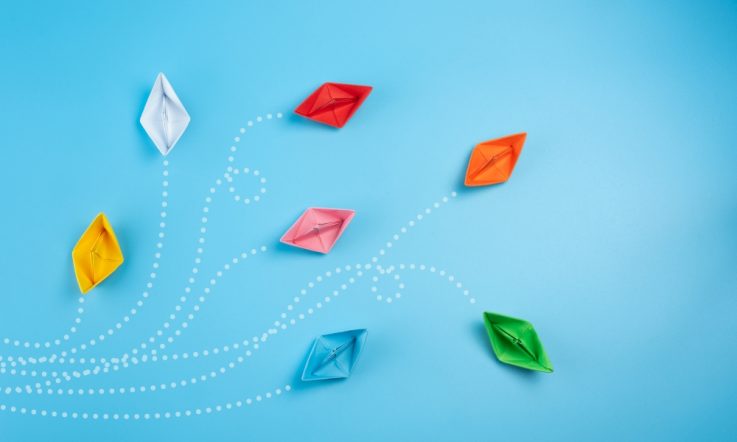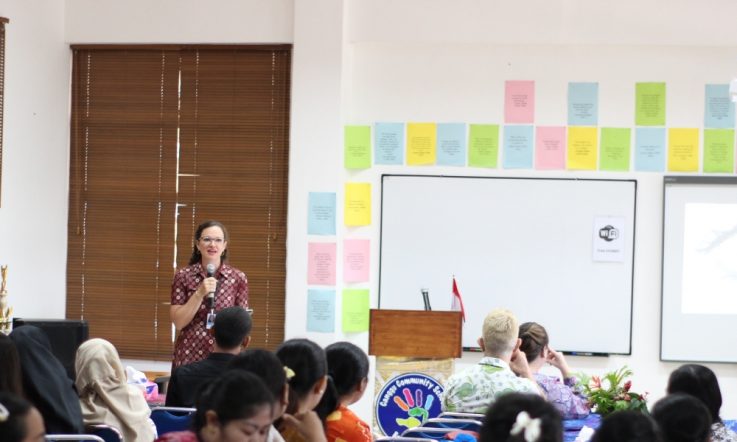In this leadership Q&A, Cholis Mu'arifah shares how Muhammadiyah 9 Middle School Jakarta, Indonesia, is providing students with real-world and authentic learning and how teachers have adapted programs to ensure these experiences continued during the COVID-19 pandemic restrictions.
First of all, can you tell readers a little bit about the school?
SMP (Middle School) Muhammadiyah 9 Jakarta, was founded in 1957 by Islamic leaders who are members of the Muhammadiyah organisation (one of two big Islamic sects in Indonesia), out of concern to improve the quality of education for Muslims. The average age of students entering the school is around 12- to 13-years-old, graduating at the age of 15 to 16. The students come from several sub-districts within a distance of about 5-15 kilometres. There are several students who live quite far from the school, for example in Depok and BSD (Bumi Serpong Damai), and Tangerang (another municipality). At present, we have 165 students and 14 teachers.
What is your role and how long have you been at the school?
Currently I am honoured to be the Principal of Muhammadiyah 9 Middle School Jakarta. I have been a teacher at various Muhammadiyah group schools for around 13 years in total, however, I started teaching in Muhammadiyah 9 Middle School in Jakarta in 2015 and became Principal in 2018.
Your school has a big focus on providing students with real-world and authentic learning experiences. Why is this important?
In principle, learning can be done anywhere and anytime. Learning does not mean students always need to sit still in class listening to the teacher deliver the material. We recognised how conventional learning is very likely to be boring for children, therefore we have an OLA (Outdoor Learning Activity) program. With this OLA program, learning is more interesting and more targeted, because students and teachers directly experience and learn about things that are happening in daily life, instead of a mere theory.
Is this something that happens for all students?
Real-world learning applies to all students and is tailored to each project, in each subject area. All students can take part in real-world learning and can explore their own competencies.
Can you give a couple of examples of what happens?
Real-world learning can be adapted to any subject of study and [everything is interrelated]. In one of the experiences, students visit the SMESCO UKM (microbusinesses/small-medium enterprise) building. They can see products, mostly handmade/handicrafts, from [across Indonesia] at the marketplace, then they can observe and ask the sellers about the materials and the manufacturing process, the initial capital needed to reach that level, and then the students create a report – so, they learn about becoming an entrepreneur. Another example is a trip to a government agency, the KPK (Corruption Eradication Commission) building. KPK staff speak to students about anti-corruption/anti-bribery law, forms of violations and also legal sanctions. Students can also ask questions about corruption cases that they have seen on social media news. From this experience, students become more sensitive and aware about laws and regulations.
How do you choose which organisations and businesses to visit?
The real-world learning activities are conducted according to our needs for progressing [learning] in particular themes or projects. They're not yet able to be regularly scheduled in a precise manner because visits also involve permission from external parties; it can be once a month or two months, depending on the permits obtained.
How do you build these connections and get the organisations involved?
When deciding which organisation or insitution to be visited, we usually talk to teachers about objectives they want to achieve during the visit, then we can determine where our students should go. Then we contact the person in charge of where we want to go (by letter or email). Sometimes, we get recommendations directly from parents who already have that access. Because parents in our school already know about the OLA program, many are being very supportive and often provide accesses for us to visit interesting places.
Is this something that has always happened or is it something you have introduced during your time at the school?
This activity wasn't there before. I implemented it at SMP Muhammadiyah 9 Jakarta after I became the Principal. I observe, copy, and modify many [teaching and learning] methods from schools that I have visited for my own studies as I keep looking for inspiration and learning innovation.
What advice would you give to other schools who want to do something like this?
It is never wrong to adopt something from another school, as long as it is a positive activity, catering to your own student needs, and benefits students and parents, teachers and the school.
What are some of the restrictions staff have had to cope with due to COVID-19?
There are many things we couldn't do during COVID-19. All teaching and learning activities were carried out from home. All the activities that we should be able to do at school stopped, including the OLA, camping, field trips and extra-curricular programs.
Have staff had to change the way they work?
Before the pandemic, although we did face-to-face learning, students were already accustomed with online learning. We have a one-to-one device program. Using Microsoft Office 365, students can bring their own laptops and tablets for daily learning, to access material, and take online tests.
Has COVID-19 had an impact on the real-world learning program?
This pandemic has greatly affected our school activities. Because parents are also very worried about the spread of COVID-19, all learning activities are carried out from home and we cannot interact directly. However, to substitute our real-world learning, we have tried to bring in guest teachers/practicioners to provide online motivation, or to tell students about their professions and the scope of their work.
Muhammadiyah 9 Middle School Jakarta is using its Outdoor Learning Activity program to better engage students and offer them valuable, real-world learning experiences. Think about a lesson or unit of work that you’re due to teach later in the year. How could you work with your local community, and parents, to offer students an authentic learning experience?



